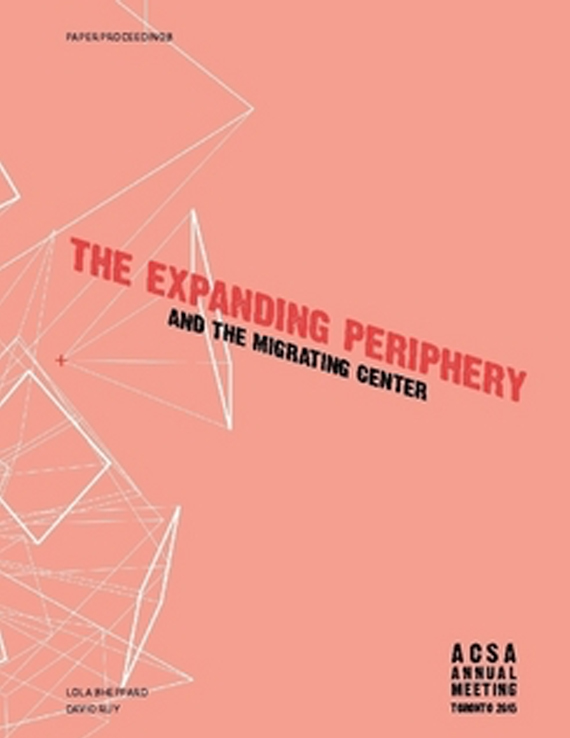Author(s): James Lowder
As architecture cast off the last vestiges of its inherent anthropomorphism and the symbolism that it embodied, it has moved towards biological and ecological models to emulate, investigating solutions that evolution had laboriously developed over thousands of years through the trial-and-error processes of natural selection and mutation. The rudimentary correlation between an organic biological skin and the skin of a building was fairly self-evident, as both had to manage more or less the same criteria: house a series of tectonic networks and aggregates that form a protective barrier preventing the infiltration of the elements, control of an interior “body” temperature, and a sensory network that registered and accommodated changes in the environment.7 Through these mimetic operations, buildings were now being engineered and articulated to possess a range of dynamic and responsive properties in relation to various environmental stimuli and, at least through the eyes of the engineer, were beginning to operate like organisms and exhibit a range of almost animalistic behaviors.
Volume Editors
David Ruy & Lola Sheppard
ISBN
978-0-935502-95-4

 Study Architecture
Study Architecture  ProPEL
ProPEL 
